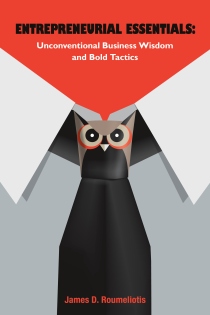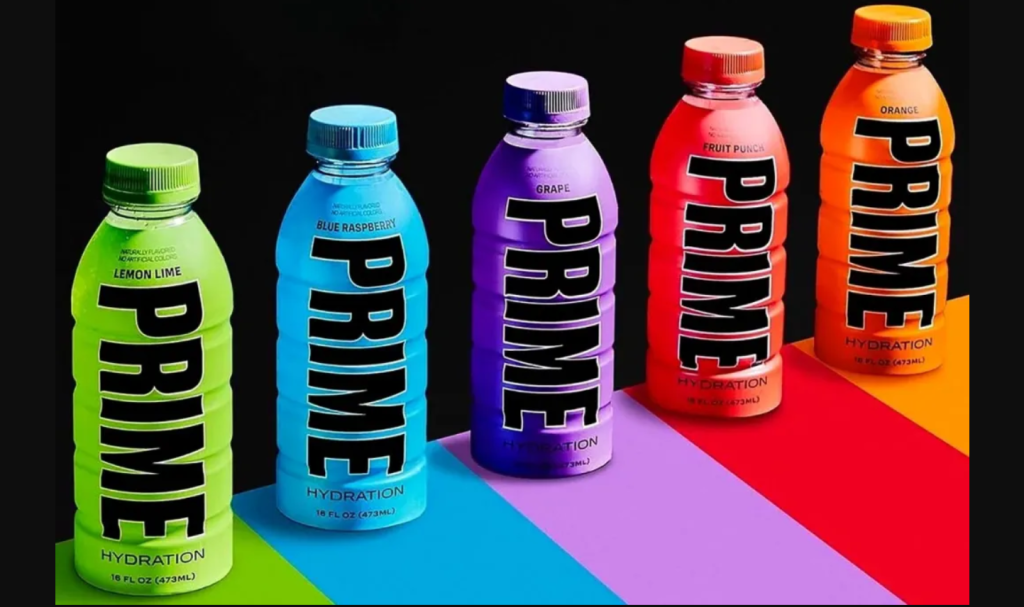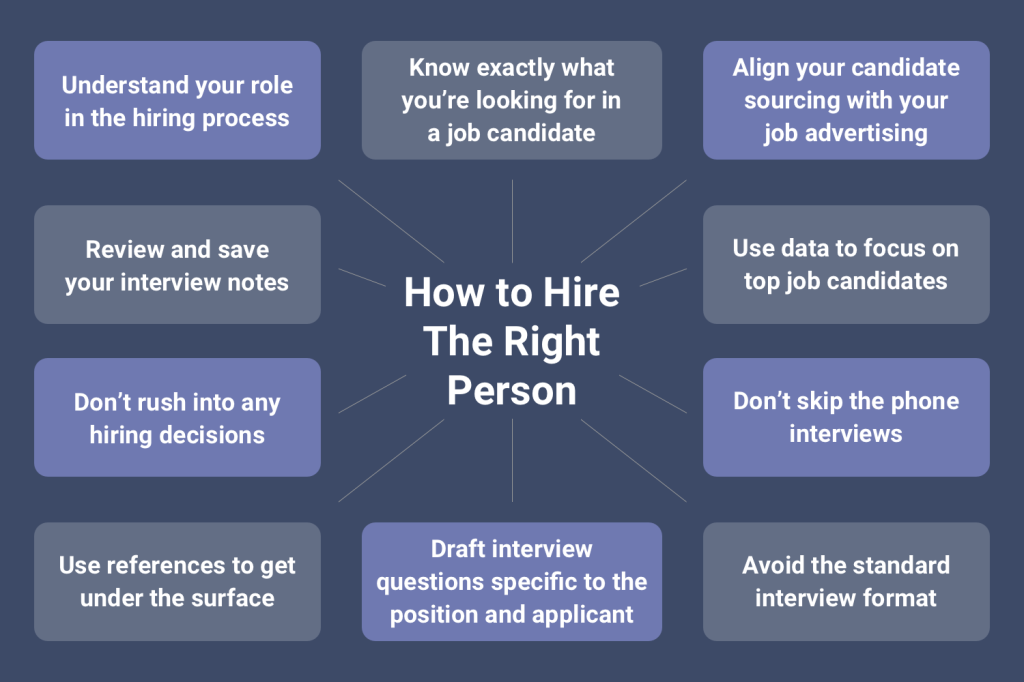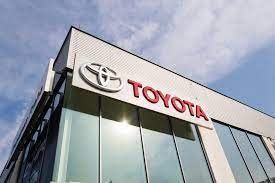
Myth-based marketing refers to the practice of using mythological elements, stories, and archetypes in marketing and branding to create a sense of mystique, emotional connection, and shared cultural identity with consumers. The key points about myth-based marketing are:
- Brands are drawing inspiration from various mythologies and using mythical figures, symbols, and narratives to craft their marketing and branding.
- Incorporating mythology into packaging, advertising, and brand messaging helps create a sense of mystery, belonging, and emotional resonance with the target audience.
- Myths have deep cultural and psychological connotations that can be leveraged by brands to position their products or services as meaningful, timeless, and connected to a shared human experience.
- Myth-based marketing allows brands to differentiate themselves, build brand loyalty, and tap into the power of storytelling to connect with consumers on a deeper level.
- Sectors such as functional beverages, luxury goods, and skincare are identified as industries that can particularly benefit from leveraging mythology in their branding and marketing efforts.
In essence, myth-based marketing is a strategic approach that harnesses the universal appeal and emotional resonance of myths to create compelling, memorable, and impactful brand narratives. By tapping into the shared cultural and psychological archetypes embedded in myths, brands can forge stronger connections with their target audience.
How to Create Myth-based Marketing
Here’s how myth-based marketing can be used to create a sense of exclusivity around a product:
- Leverage Mythological Archetypes and Symbolism
By incorporating mythological figures, symbols, and narratives into the branding and marketing of a product, brands can imbue it with a sense of mystery, prestige, and exclusivity. This taps into the deep cultural and psychological connotations that myths hold for consumers. - Craft Captivating Brand Narratives
Weaving a compelling brand story rooted in mythology can make a product feel like it’s part of a larger, exclusive narrative. Consumers may feel they are participating in or connecting with something greater than just a transactional purchase. - Emphasize Limited Availability or Scarcity
Brands can leverage the exclusivity of mythological elements by positioning a product as a limited-edition offering or something only available to a select group of consumers. This scarcity can heighten the perceived value and desirability of the product. - Collaborate with Influential Mythological Figures or Ambassadors
Partnering with influential individuals or entities associated with the mythology being leveraged can further reinforce the exclusivity of a product. This could involve celebrity endorsements, influencer collaborations, or even partnerships with cultural institutions. - Utilize Exclusive Packaging and Presentation
The physical design and packaging of a product can also contribute to a sense of exclusivity. Brands can draw inspiration from mythological aesthetics, using premium materials, unique shapes, and limited-edition packaging to make the product feel like a rare, collectible item.
In the End
By tapping into the universal appeal and emotional resonance of myths, brands can craft a sense of mystique, prestige, and exclusivity around their products. This can help differentiate the offering, build brand loyalty, and create a perceived value that goes beyond the functional benefits of the product itself.
____________________________________________________
Visit my business SAVVYPRENEURSHIP channel and if you like the content, kindly subscribe to help me grow the channel.
https://www.youtube.com/@Savvypreneurship

























